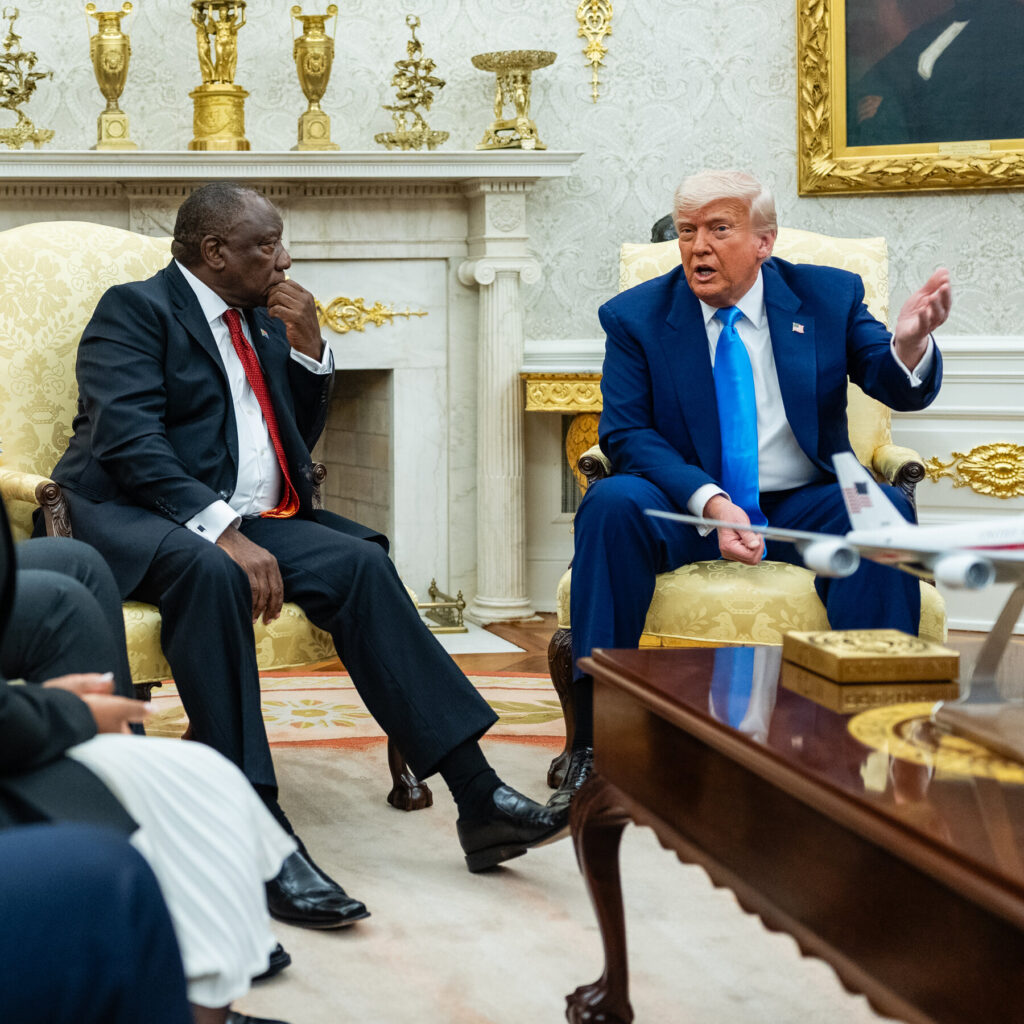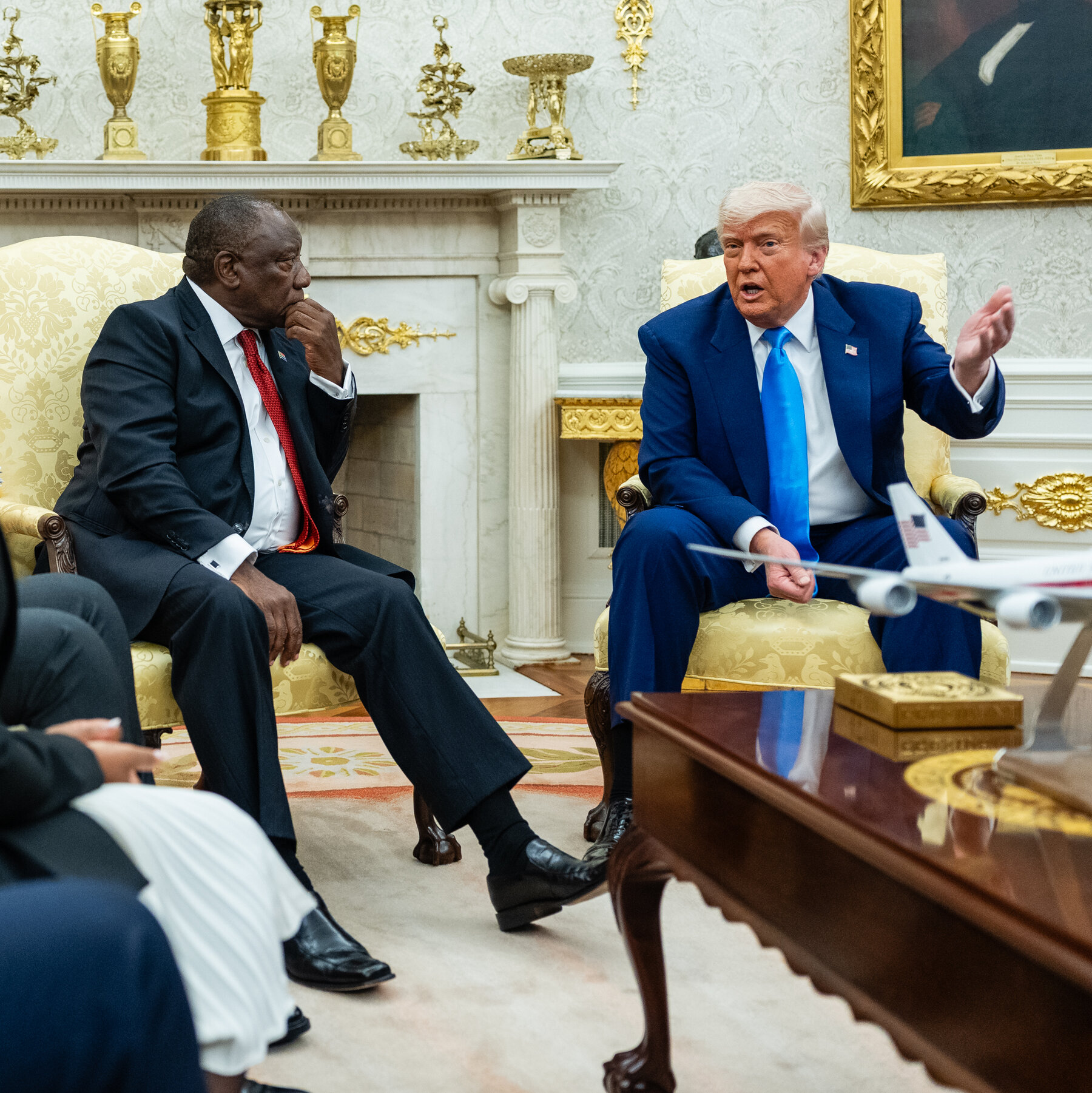Trump Says the U.S. Is Close to Brokering a Congo-Rwanda Peace Deal
Trump Says the U.S. Is Close to Brokering a Congo-Rwanda Peace Deal

After decades of conflict between two African countries, President Trump and an adviser said the two sides, with U.S. help, had created an agreement that was now being finalized.
Read the full article on NY Times Politics
Truth Analysis
Analysis Summary:
The article is mostly accurate, with the core claim of a potential peace deal being supported by multiple sources. However, the article's framing, particularly attributing the deal solely to Trump, introduces a moderate bias. Some details, like the exact stage of finalization, are less clear and rely on Trump's statement.
Detailed Analysis:
- Claim:** "After decades of conflict between two African countries, President Trump and an adviser said the two sides, with U.S. help, had created an agreement that was now being finalized."
- Verification Source #1: Supports the existence of a "pathway to peace" agreement.
- Verification Source #3: Supports the US pushing for a peace accord.
- Verification Source #5: Supports the existence of a draft peace proposal.
- Analysis: The core claim of an agreement being created with US help is supported. The "finalized" status is less clear and relies on Trump's statement.
Supporting Evidence/Contradictions:
- Agreement:** Multiple sources (Verification Source #1, Verification Source #3, Verification Source #5) confirm the existence of a peace agreement or pathway to peace between Congo and Rwanda, facilitated by the US.
- Agreement:** Verification Source #4 confirms the signing of a "Declaration of Principles" involving the US, Congo, and Rwanda.
- Lack of Coverage:** The NY Times article snippet does not specify the exact nature of the "agreement" (e.g., a draft proposal, a signed declaration, or a finalized peace treaty). Verification Source #5 suggests it was a draft proposal as of early May 2025.
- Potential Bias:** The NY Times article snippet emphasizes Trump's role, which could be seen as a potential bias. Other sources (Verification Source #4) mention the Secretary of State's involvement, suggesting a broader effort.

